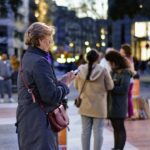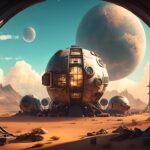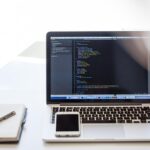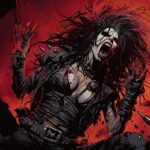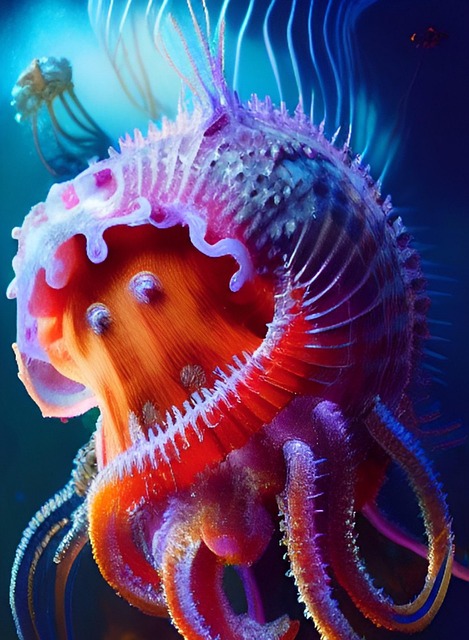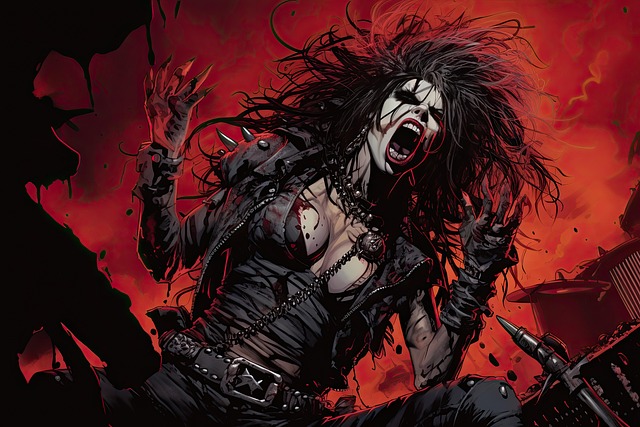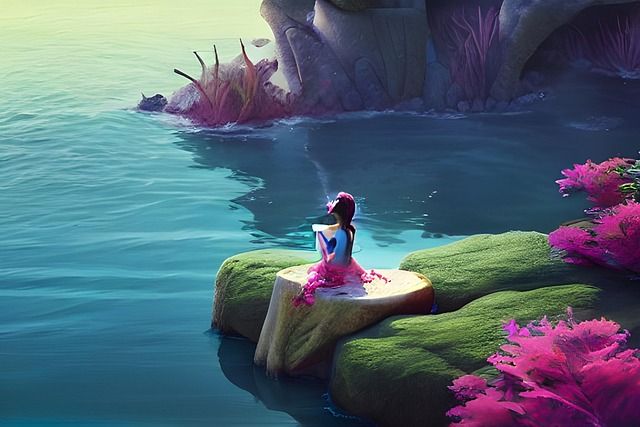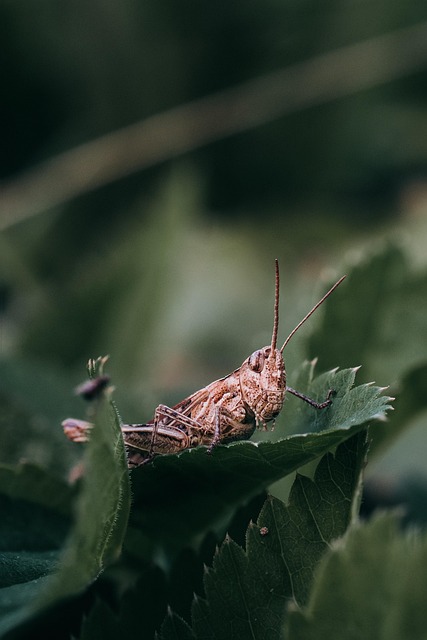# Transforming Artistic Practices: Must-Have AI Tools for Modern Artists to Enhance Their Work
In the ever-evolving landscape of visual and digital art, the integration of artificial intelligence (AI) has revolutionized artistic practices. Artists today are leveraging AI tools to enhance their creativity, streamline workflows, and explore new artistic terrains. This article delves into some of the most impactful AI tools for artists, including DALL·E, Midjourney, Stable Diffusion, Runway ML, and Adobe Firefly, highlighting how they assist in digital illustration, concept art, video generation, and design work.
## The Rise of AI Tools for Artists
AI tools for artists are reshaping the way creative professionals approach their craft. By harnessing the power of machine learning and neural networks, these tools provide innovative solutions that expand the possibilities of artistic expression. Whether you’re a seasoned artist or a creative novice, understanding these tools can enhance your work and open new avenues for exploration.
### Key AI Tools for Digital and Visual Art
#### 1. DALL·E
DALL·E, developed by OpenAI, is an AI model that generates images from textual descriptions. This tool has gained immense popularity among artists for its ability to create unique visuals that align with specific prompts.
– **Use Cases**:
– **Concept Art**: Artists can input detailed descriptions of their ideas, allowing DALL·E to generate concept art that serves as a foundation for further development.
– **Illustration**: Writers and illustrators can create visuals that complement their narratives, enhancing storytelling through imagery.
– **Example**: Artist and designer, Sarah Thompson, used DALL·E to visualize characters for her graphic novel. The AI-generated images provided her with a fresh perspective, enabling her to refine her artistic style.
#### 2. Midjourney
Midjourney is another powerful AI tool designed for generating high-quality images from text prompts. It is particularly popular for its ability to produce stunning and surreal visuals.
– **Use Cases**:
– **Creative Exploration**: Artists can experiment with different styles and concepts without the constraints of traditional methods.
– **Mood Boards**: Midjourney helps artists create mood boards by generating images that capture the essence of their projects.
– **Example**: Digital artist, Alex Kim, utilized Midjourney to create a series of dreamlike landscapes for an art exhibition. The tool allowed him to explore themes of nature and abstraction, resulting in a captivating collection.
#### 3. Stable Diffusion
Stable Diffusion is an open-source AI model that excels in generating high-resolution images. Its versatility and accessibility make it a favorite among artists and developers alike.
– **Use Cases**:
– **Collaborative Projects**: Artists can use Stable Diffusion to collaborate with others by generating visuals that can be further refined and modified.
– **Customization**: Users can fine-tune the generated outputs to align with their artistic vision, making it ideal for personalized projects.
– **Example**: Graphic designer, Emily Rivera, incorporated Stable Diffusion into her workflow to create custom illustrations for a marketing campaign. The tool enabled her to produce unique visuals that stood out in a crowded market.
#### 4. Runway ML
Runway ML is a creative suite that combines various AI tools for video editing, image generation, and more. It provides artists with a comprehensive platform to explore generative art tools and enhance their projects.
– **Use Cases**:
– **Video Generation**: Artists can create dynamic video content using AI-generated visuals, making it easier to produce engaging multimedia experiences.
– **Interactive Art**: Runway ML allows artists to experiment with real-time collaboration and interactive installations, pushing the boundaries of traditional art forms.
– **Example**: Multimedia artist, John Doe, used Runway ML to create an interactive installation that responded to audience movements. The integration of AI generated visuals added an immersive layer to his work.
#### 5. Adobe Firefly
Adobe Firefly is a suite of AI-powered tools integrated into Adobe Creative Cloud. It enhances traditional design workflows by providing AI-assisted features for image generation and editing.
– **Use Cases**:
– **Design Work**: Graphic designers can utilize Firefly to generate design elements quickly, saving time on repetitive tasks.
– **Content Creation**: Firefly assists in creating social media graphics, marketing materials, and more, ensuring that creatives can focus on their core ideas.
– **Example**: Marketing professional, Lisa Chen, leveraged Adobe Firefly to streamline her content creation process. By using AI-generated design elements, she was able to produce high-quality visuals in a fraction of the time.
## The Impact of AI on Creative Fields
The integration of AI tools in artistic practices not only enhances creativity but also democratizes access to advanced artistic techniques. Here are some key benefits:
– **Increased Efficiency**: Artists can save time on repetitive tasks, allowing them to focus more on creative exploration.
– **New Creative Possibilities**: AI tools enable artists to experiment with styles and concepts that may have been difficult to achieve through traditional methods.
– **Collaboration and Community**: Many AI tools foster collaborative environments, encouraging artists to share ideas and build upon each other’s work.
### The Future of AI in Creative Fields
As AI continues to evolve, its impact on creative fields will only grow. The future promises even more sophisticated tools that will further enhance artistic practices. Here are some trends to watch:
– **Personalization**: AI tools will become increasingly adept at understanding individual artistic styles, allowing for more tailored outputs.
– **Integration**: Expect to see more seamless integration of AI tools within existing creative software, making it easier for artists to adopt and utilize these technologies.
– **Ethical Considerations**: As AI-generated art becomes more prevalent, discussions around copyright and originality will intensify, prompting the need for clear guidelines in the creative community.
## Conclusion
The emergence of AI tools for artists marks a significant shift in the creative landscape. From generating stunning visuals with DALL·E and Midjourney to streamlining workflows with Adobe Firefly and Runway ML, these generative art tools are enhancing the way artists work and express themselves. As we look to the future, the continued integration of AI in creative fields promises to unlock new possibilities for artistic exploration and innovation. Embracing these tools will not only enhance individual practices but also foster a vibrant community of creatives pushing the boundaries of art.

